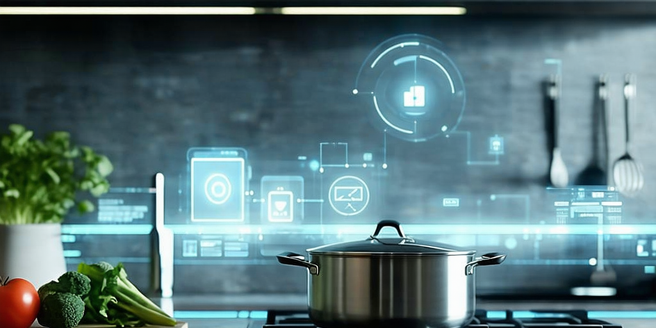Iot Integration

Understanding the Basics of IoT
The Internet of Things (IoT) is a transformative technology that connects devices to the internet, enabling communication and data exchange. It involves smart devices ranging from home appliances to industrial machines, all interconnected to provide ease, efficiency, and automation in everyday tasks. IoT systems are typically comprised of sensors, connectivity, data processing, and user interfaces. Sensors collect data which is sent over the network to centralized systems for processing. Understanding the fundamentals of IoT is crucial as it lays the foundation for creating smarter environments and driving innovation. With projections of billions of devices being interconnected, IoT has the potential to revolutionize industries, offering new possibilities in areas such as smart homes, healthcare, manufacturing, and agriculture. The integration of IoT in various sectors is reshaping how individuals and businesses operate, optimizing resource use and enhancing productivity.
Key Benefits of Integrating IoT into Your Business
Integrating IoT into your business offers numerous advantages that can reshape operations and improve profitability. One of the key benefits is the enhancement of efficiency and productivity. IoT devices provide real-time data that facilitates better decision-making and automation of routine tasks, saving time and reducing errors. Cost reduction is another advantage, as IoT can optimize resource management, reduce downtime through predictive maintenance, and streamline processes to cut unnecessary expenses. Additionally, IoT enhances customer experiences by personalizing services and improving response times. The data collected from IoT devices offers valuable insights into consumer behaviors and operational trends, enabling bespoke marketing and strategic planning. Furthermore, IoT integration increases safety and security through advanced surveillance and control systems. As businesses strive to remain competitive, adopting IoT technologies represents a forward-thinking approach that fosters growth and innovation.
Challenges in IoT Implementation and How to Overcome Them
Implementing IoT solutions can present several challenges, yet understanding these obstacles is crucial to successful integration. One significant challenge is data security and privacy. With a multitude of devices connected to networks, the risk of unauthorized access and data breaches increases. To mitigate this, businesses must prioritize robust cybersecurity measures, including data encryption and regular audits. Another challenge is scalability. IoT systems must be capable of handling an ever-growing number of devices without compromising performance. This requires careful planning and investment in scalable cloud infrastructures. Additionally, interoperability issues arise as diverse devices and platforms must communicate seamlessly. Standardization and adoption of universal protocols can help overcome this. Lastly, consider the complexity of managing and analyzing vast data sets generated by IoT devices. Utilizing advanced analytics and machine learning tools can extract actionable insights, ensuring IoT implementations achieve desired outcomes.
Essential Tools and Technologies for IoT Integration
Successful IoT integration relies on a robust framework of tools and technologies that enable seamless connectivity and data utilization. Sensors and actuators form the foundation, collecting and interacting with data from physical environments. Connectivity technologies, such as Wi-Fi, Bluetooth, and LPWANs, ensure devices remain interconnected efficiently. Cloud platforms play a pivotal role in storing and processing massive volumes of data, providing scalable and flexible environments for IoT applications. Edge computing complements cloud services by processing data closer to the source, reducing latency and bandwidth use. Middleware solutions ensure interoperability between diverse systems, streamlining communication across platforms. Moreover, data analytics and machine learning tools are essential for interpreting large data sets, enabling predictive maintenance and informed decision-making. Lastly, IoT integration relies heavily on robust security frameworks that safeguard data and privacy, ensuring trusted and reliable operations throughout the system’s lifecycle.
Future Trends in IoT and Their Impact on Integration
As IoT continues to evolve, various future trends are expected to influence its integration substantially. One significant trend is the rise of artificial intelligence (AI) and machine learning within IoT networks, enhancing data analysis capabilities and enabling smarter automation and predictive modeling. The expansion of 5G technology will provide faster and more reliable connectivity, facilitating real-time data transmission and opening new avenues for complex IoT applications. Another trend is the development of more energy-efficient IoT devices, aimed at reducing power consumption and operational costs, ultimately leading to more sustainable solutions. Blockchain technology is also gaining traction as a means to enhance security and transparency within IoT systems, offering decentralized and tamper-proof data management. Furthermore, the increasing emphasis on edge computing will drive the need for advanced processing capabilities at the device level, ensuring minimized latency and optimized resource utilization. These trends represent a transformative shift in IoT integration, promising enhanced performance and broadened application domains.